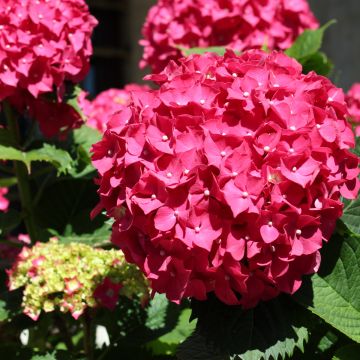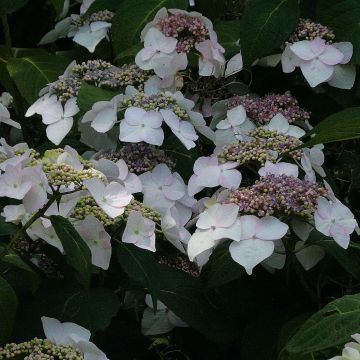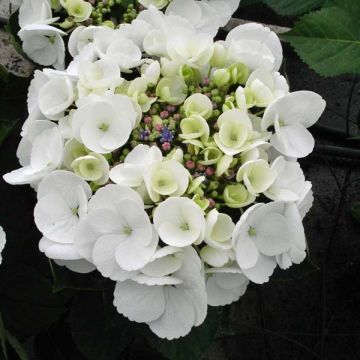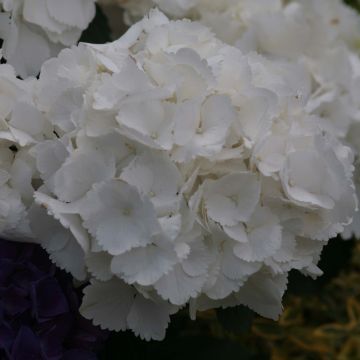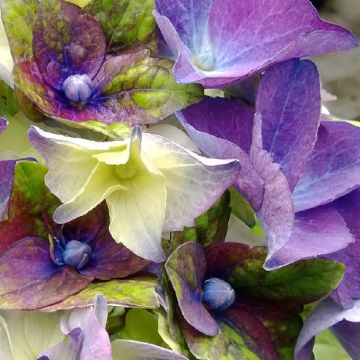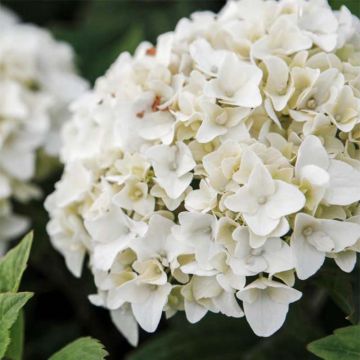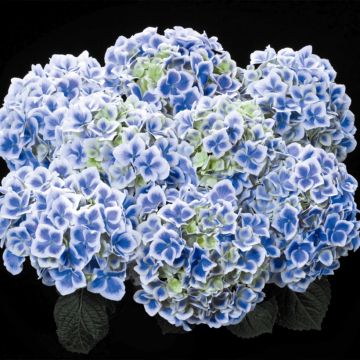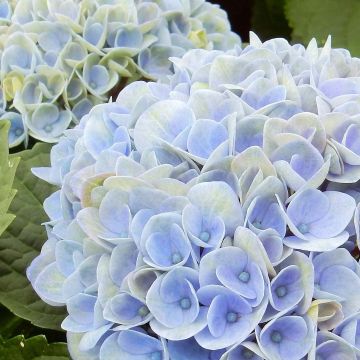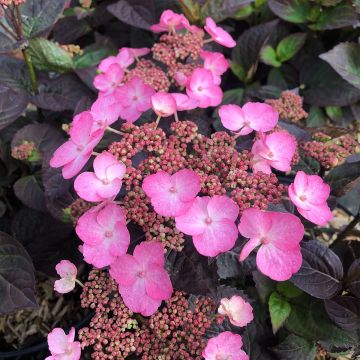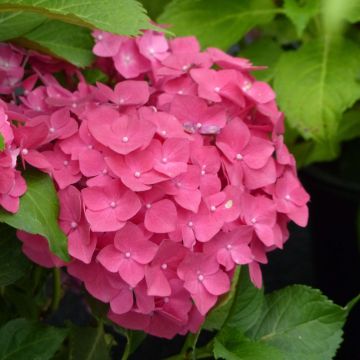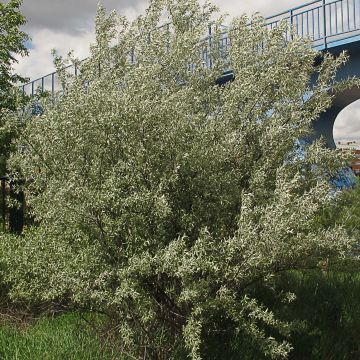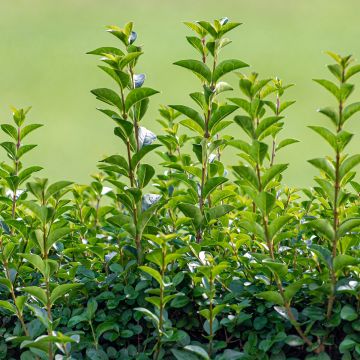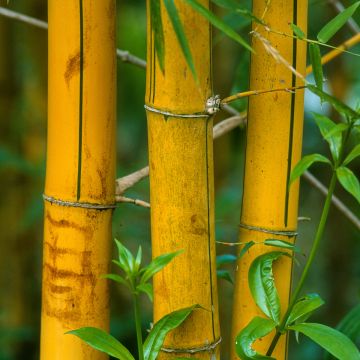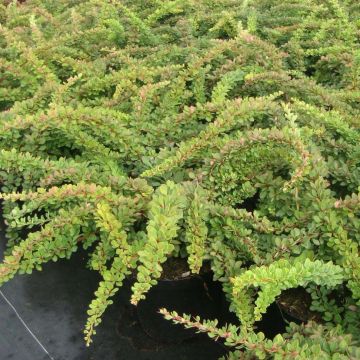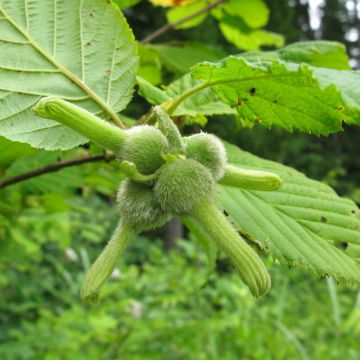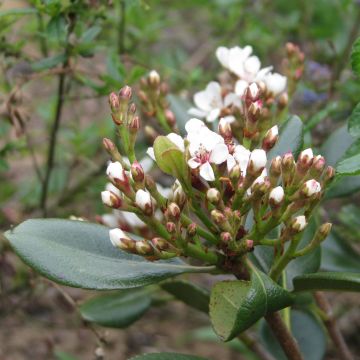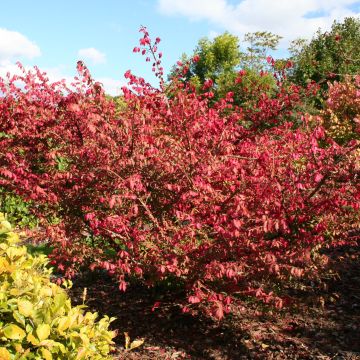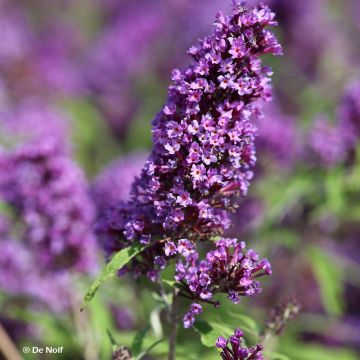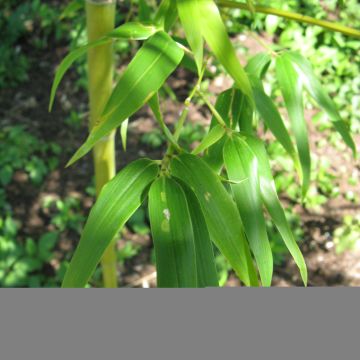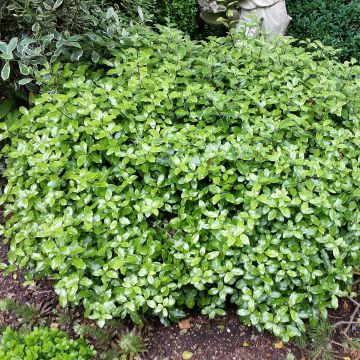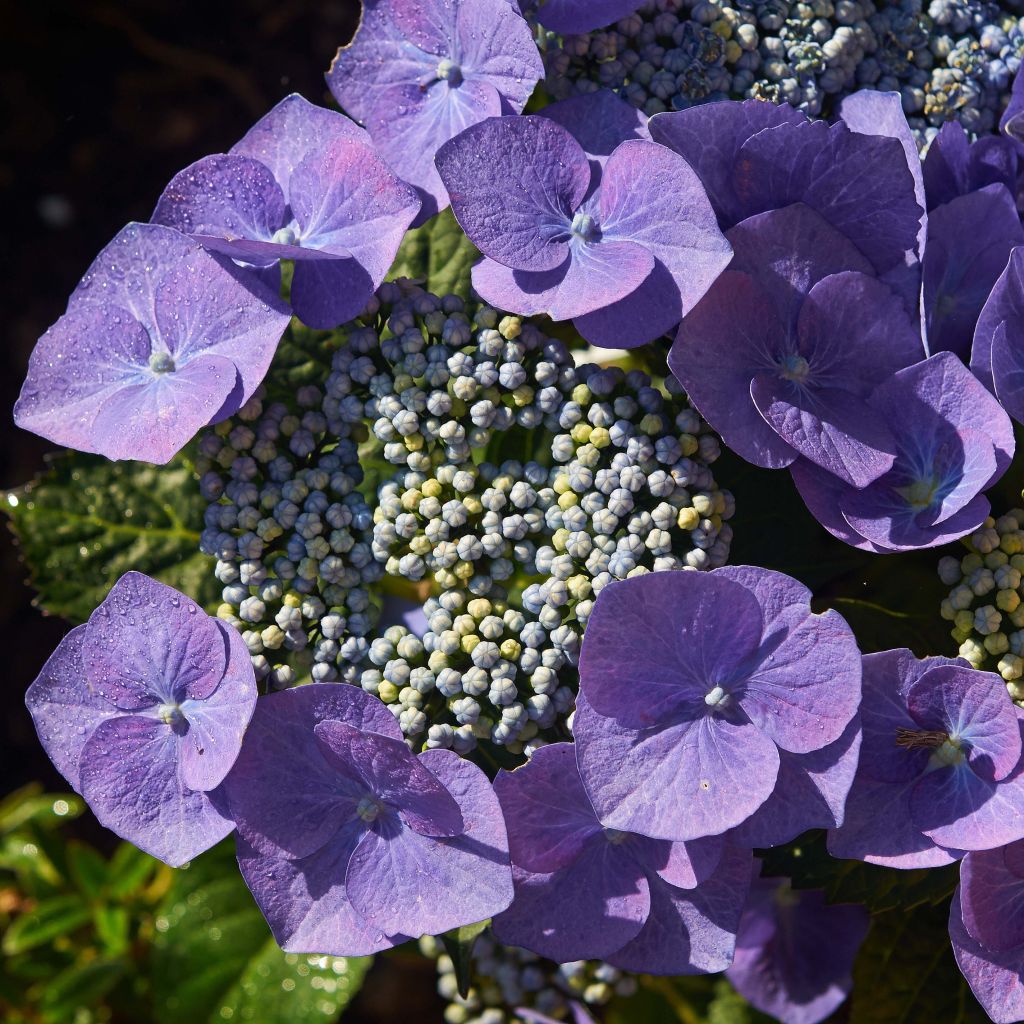

Hydrangea macrophylla Blaumeise
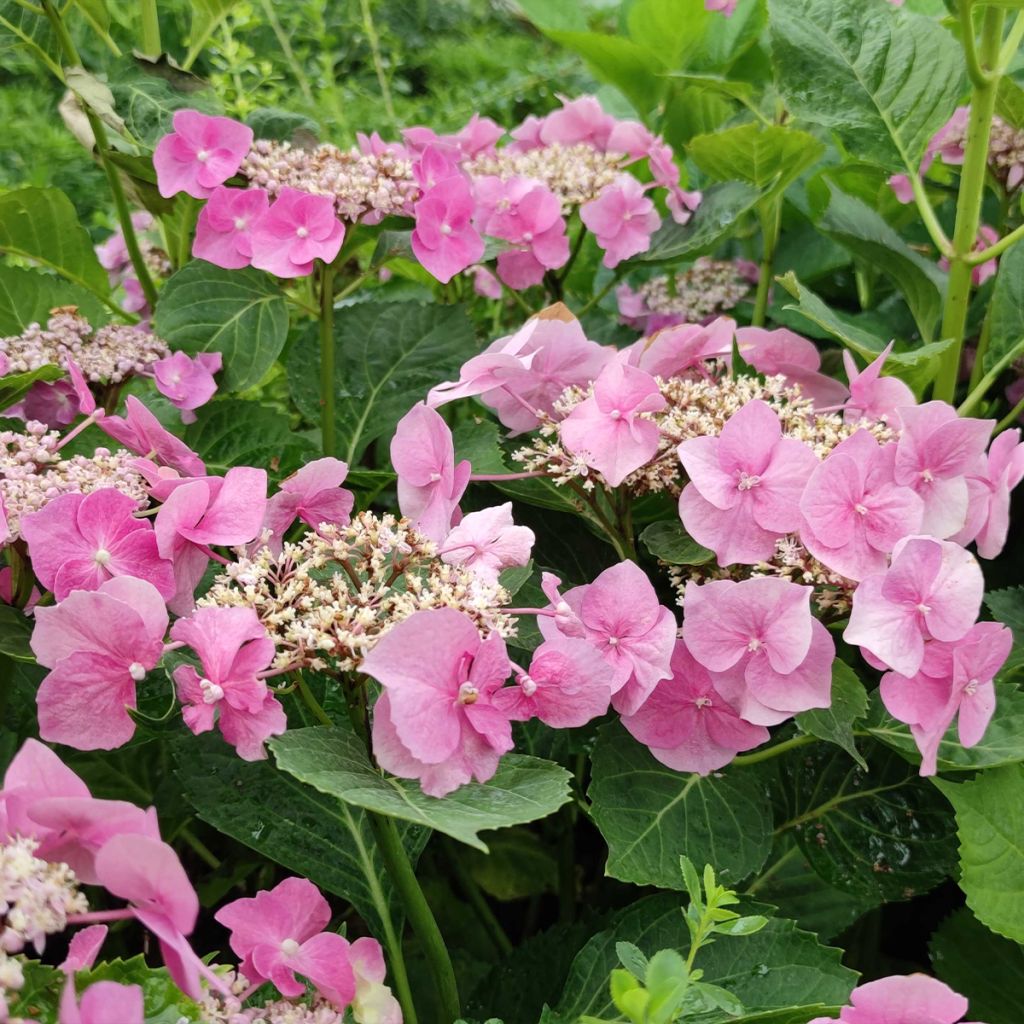

Hydrangea macrophylla Blaumeise
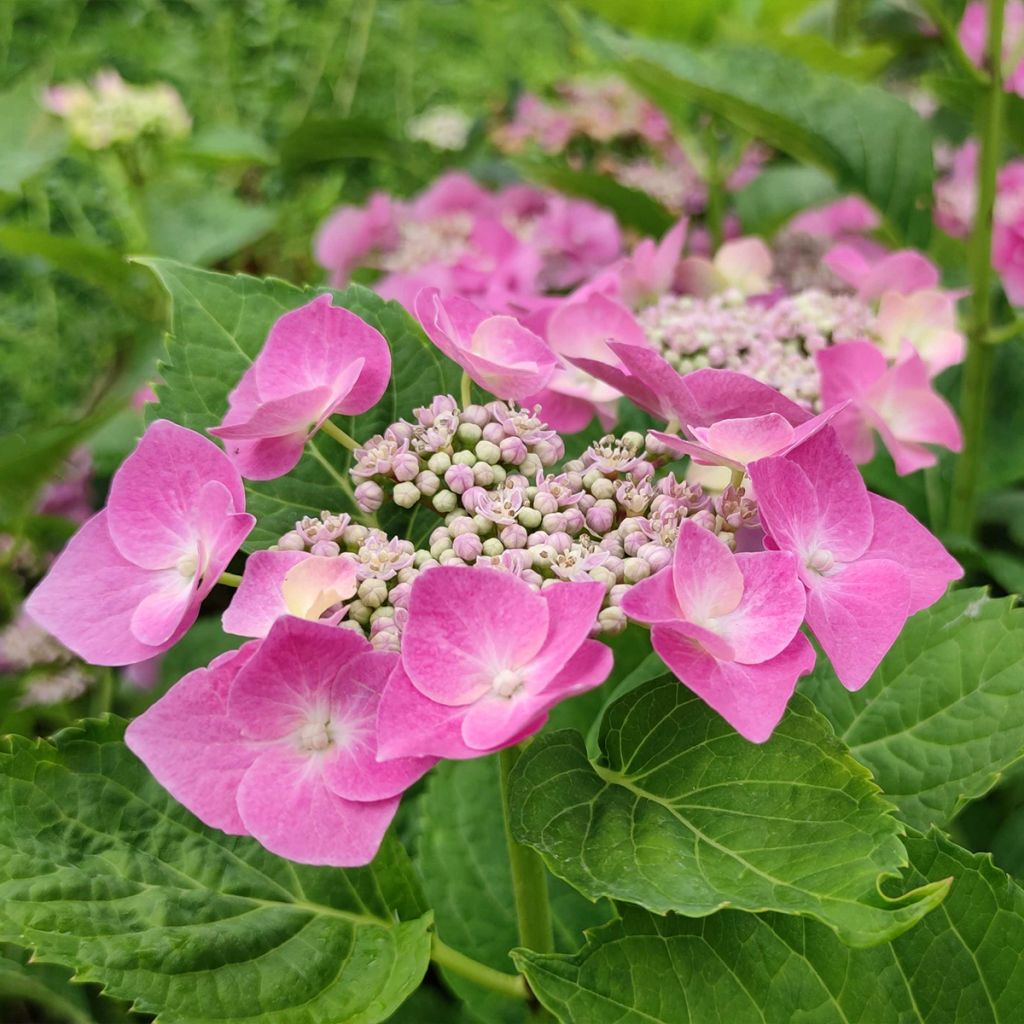

Hydrangea macrophylla Blaumeise
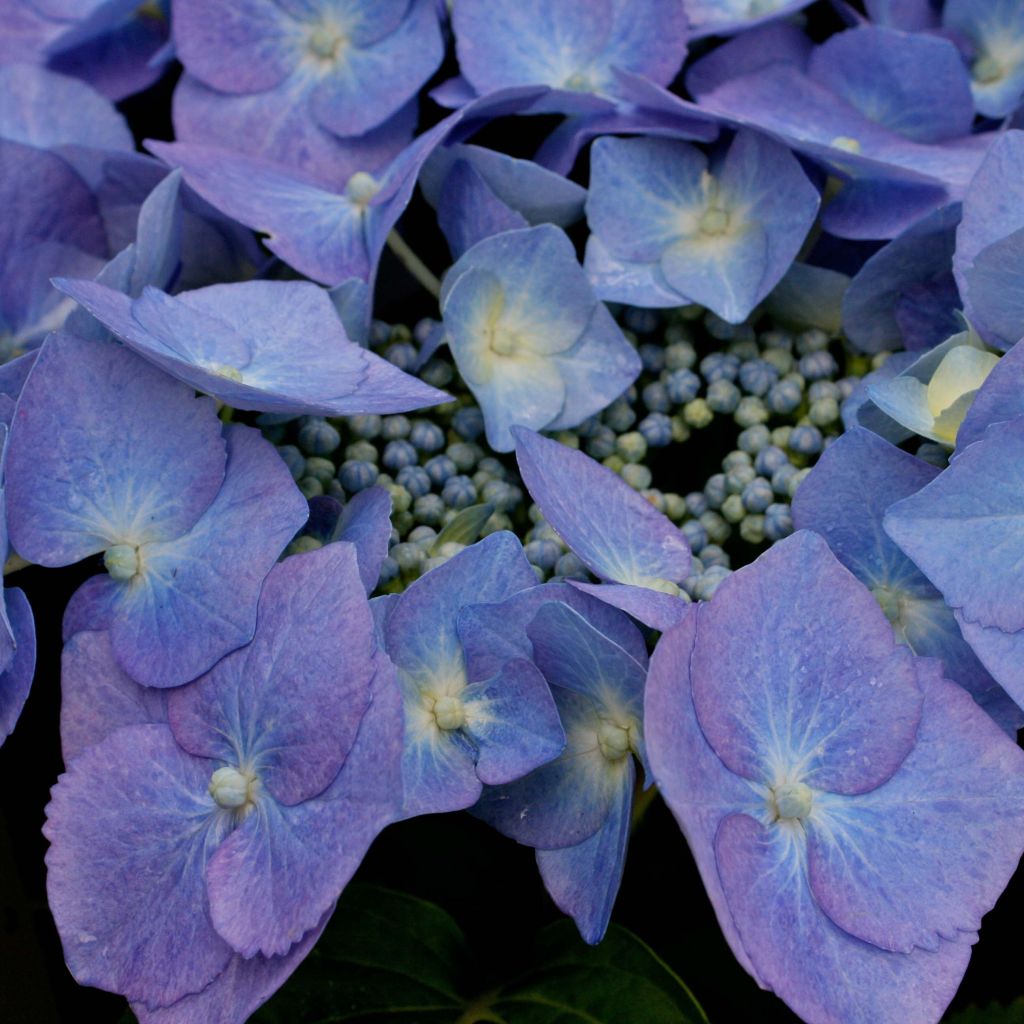

Hydrangea macrophylla Blaumeise
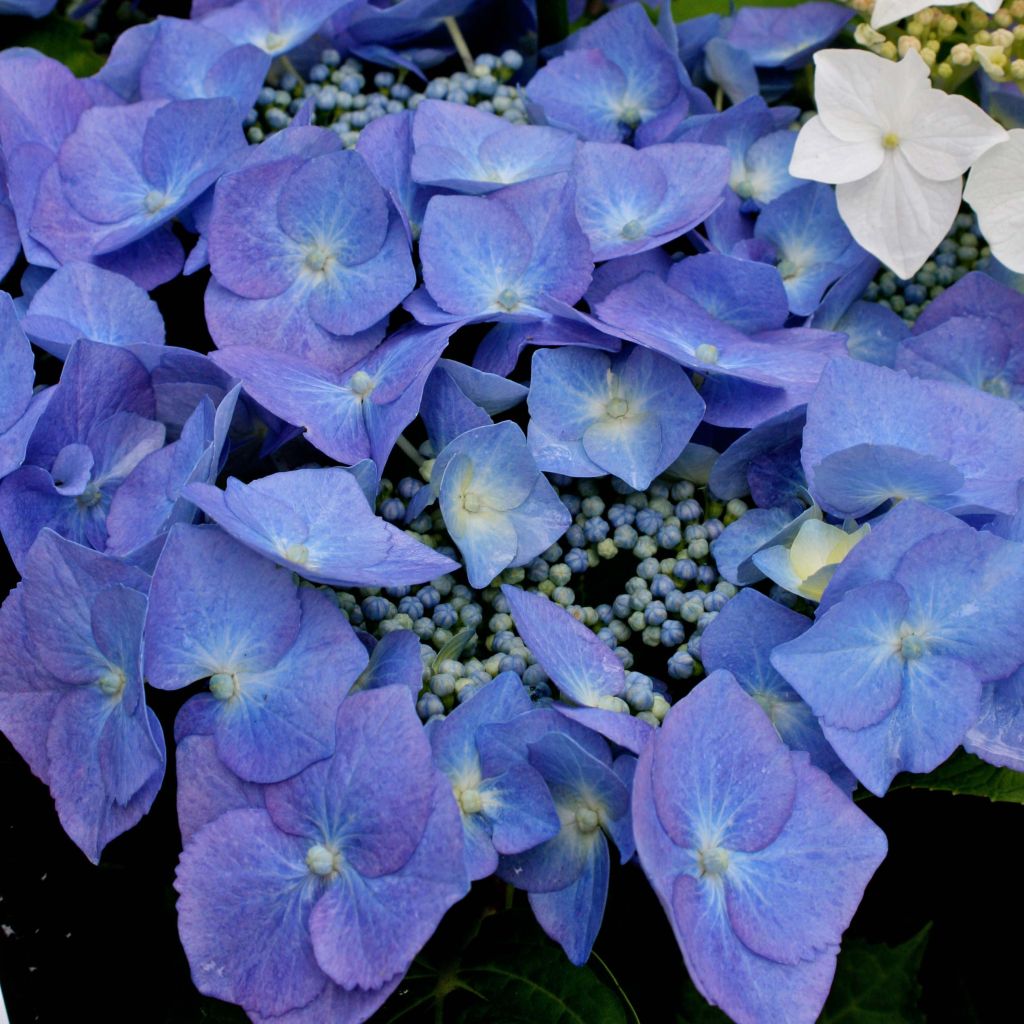

Hydrangea macrophylla Blaumeise
Hydrangea macrophylla Blaumeise
Hydrangea macrophylla Blaumeise
Bigleaf Hydrangea, French Hydrangea, Lacecap Hydrangea
This item cannot be shipped to the selected country
Delivery charge from €5.90
Delivery charge from €5.90
More information
Schedule delivery date,
and select date in basket
This plant carries a 24 months recovery warranty
More information
We guarantee the quality of our plants for a full growing cycle, and will replace at our expense any plant that fails to recover under normal climatic and planting conditions.
From €5.90 for pickup delivery and €6.90 for home delivery
Express home delivery from €8.90.
From €5.90 for pickup delivery and €6.90 for home delivery
Express home delivery from €8.90.
Does this plant fit my garden?
Set up your Plantfit profile →
Description
Hydrangea macrophylla 'Blaumeise' (blue tit in German) is undoubtedly the best variety of flat-head hydrangea that offers the bluest inflorescences, if grown in acidic soil or enriched with aluminium sulphate. Flowers will be pinkish-purple in its natural state, when planted in garden soil that is neutral to slightly alkaline, or if the watering water is alkaline. It bears remarkable vigour, cold resistance, and floribundance. It quickly forms a giant cushion covered with large flower clusters in buds in the centre, surrounded by fully open florets on the periphery. Blooming from July to September, adorned with beautiful colours at the end of flowering, this variety is accessible to all gardeners and never disappoints. Plant 'Blaumeise' in a large semi-shaded bed; it needs space to fully show its potential!
Hydrangea macrophylla 'Blaumeise' is an excellent Swiss creation from the Wädenswil Research Station, dating back to 1979. It is a very hardy, robust, and particularly reliable hybrid. Hydrangeas belong to the Hydrangeaceae family and are native to China and Japan. 'Blaumeise' forms a large rounded and sprawling bush within a few years, supported by a strong framework that can withstand the weight of the flowers without weakening. It will reach a minimum height of 1.50 m (4.9 ft) and a spread of 1.80 m (5.9 ft). Under optimal conditions, it can reach a height of 2 m (6.6 ft). From July to September, numerous flattened inflorescences, 12 cm to 15 cm (4.7 in to 5.9 in) wide, appear on wood that is at least one year old. The inflorescences are composed of fertile flowers that resemble small buds, and larger and more showy sterile flowers. In acidic soil, these sterile flowers have an intense blue colour with a white centre. The fertile flowers in the centre of the bush will be azure blue. On the other hand, in neutral to alkaline soil, the flowers will have a pinkish or lilac hue, which is quite common for hydrangeas. 'Blaumeise' is one of the few hydrangeas with flat heads whose faded flowers retain interesting colours, such as grey-blue, mauve, water green with hints of slate and turquoise. The flowering period is accompanied by ample and glossy foliage, with a rounded shape, light green colour, and serrated edges, which turns beautiful colours in autumn before falling. The leaves are opposite, reaching a minimum length of about 15 cm (5.9 in). They are simple, oval to elliptical, ending in a tapering point, and coarsely saw-toothed. Hydrangeas can live for at least 50 years.
Hydrangea 'Blaumeise' is a brilliant, sturdy, and faithful plant, particularly beautiful and generous in blue in acidic soil enriched with aluminium sulphate. Hydrangeas are well known for brightening up the north side of houses. This one will thrive in a non-scorching east or west exposure, both in beds and hedges. This variety is particularly suitable for free-standing hedges, flower beds, or as a standalone plant near an entrance. Although these plants fear limestone, hydrangeas are not strictly speaking acid-loving plants. Pair them with Japanese maples, ferns, Japanese anemones, lilies, foxgloves, annual impatiens, or plant spring-flowering bulbs in front of their round silhouette. Enjoy their sumptuous flowering in the garden or in the house for a very long time.
Tip: Do not prune too early! Leave the dried inflorescences on the plant and only cut them after spring frosts. They effectively protect the new vegetation and future flowers.
Note: The colour of the flowers of macrophylla hydrangeas varies depending on the pH of the soil. Traditionally blue varieties turn pink in neutral or alkaline soil. To maintain a beautiful blue colour, mix ericaceous soil into your garden soil and add aluminium sulphate (slate contains it) or alum stone every spring.
Report an error about the product description
Hydrangea macrophylla Blaumeise in pictures
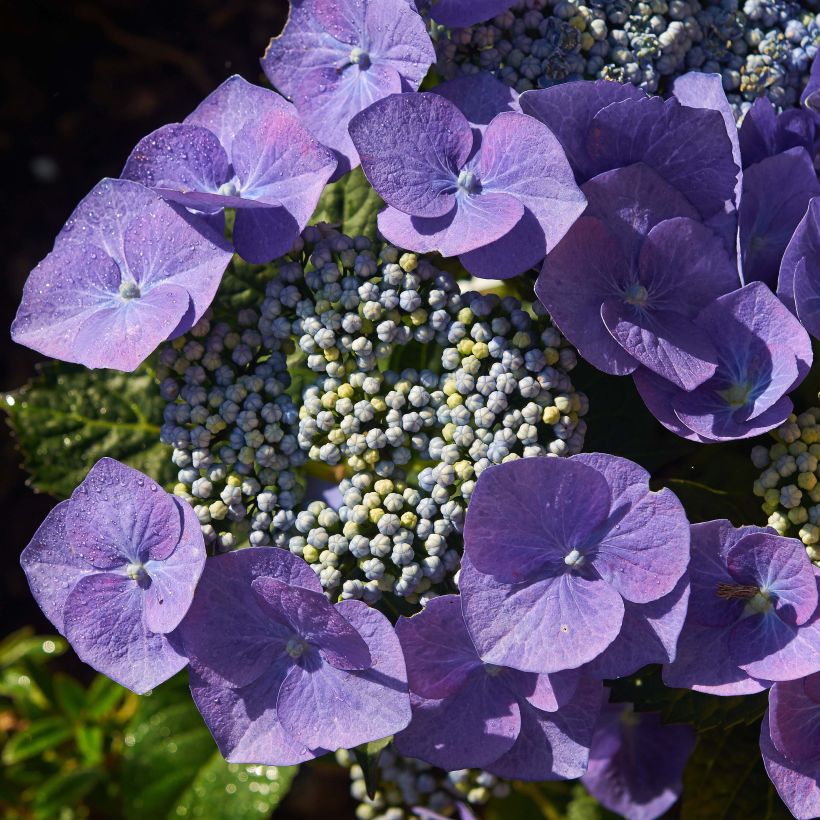

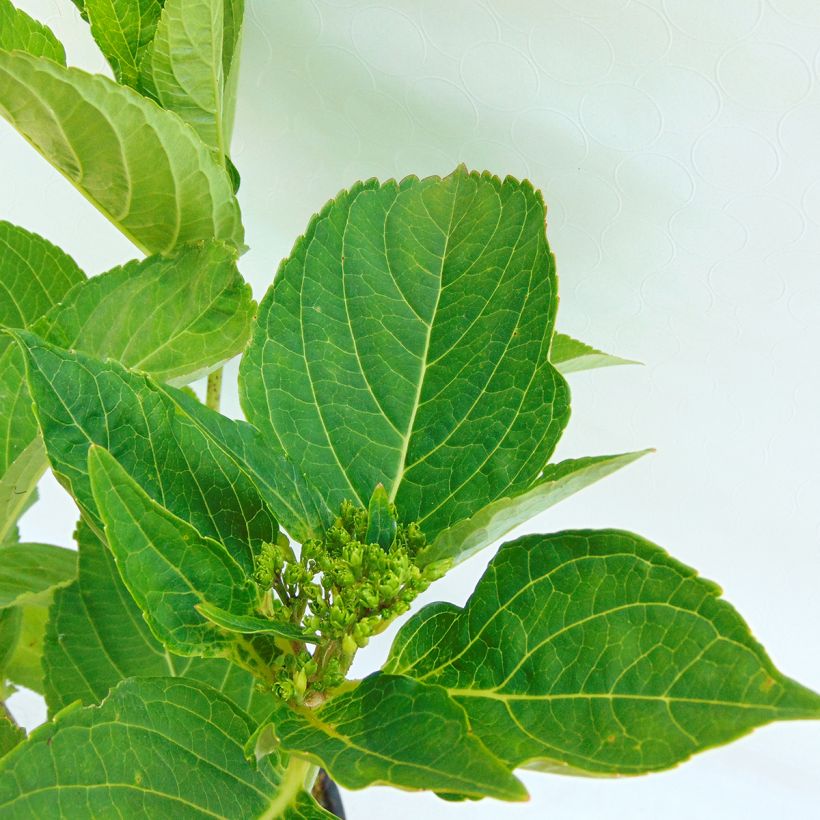

Plant habit
Flowering
Foliage
Botanical data
Hydrangea
macrophylla
Blaumeise
Hydrangeaceae
Bigleaf Hydrangea, French Hydrangea, Lacecap Hydrangea
Cultivar or hybrid
Other Hydrangea Macrophylla
Planting and care
Plant in spring or early autumn, preferably in a slightly shaded position, for example against an east-facing wall, or even to the north. Protect it from cold, drying winds. It does not require ericaceous soil. It prefers deep, moist but well-drained, fairly fertile soil, possibly enriched with a good base fertiliser before planting and aluminium sulphate to enhance its intense blue colour. If the soil is dry at the base of the wall, place the root ball at least 30 cm to 40 cm (11.8 in to 15.7 in) away from the base of the wall and incorporate a quantity of well-decomposed compost to better retain moisture in the soil. Very hardy, it can be planted in cold regions without fear. As for pruning, remove faded flowers on the first bud or on the pair of buds directly below. Cut back one-quarter to one-third of the oldest stems at the base when the plant is mature to encourage the formation of new shoots. Perform this pruning every year in March and April.
Planting period
Intended location
Care
-
, onOrder confirmed
Reply from on Promesse de fleurs
Hedge shrubs
Haven't found what you were looking for?
Hardiness is the lowest winter temperature a plant can endure without suffering serious damage or even dying. However, hardiness is affected by location (a sheltered area, such as a patio), protection (winter cover) and soil type (hardiness is improved by well-drained soil).

Photo Sharing Terms & Conditions
In order to encourage gardeners to interact and share their experiences, Promesse de fleurs offers various media enabling content to be uploaded onto its Site - in particular via the ‘Photo sharing’ module.
The User agrees to refrain from:
- Posting any content that is illegal, prejudicial, insulting, racist, inciteful to hatred, revisionist, contrary to public decency, that infringes on privacy or on the privacy rights of third parties, in particular the publicity rights of persons and goods, intellectual property rights, or the right to privacy.
- Submitting content on behalf of a third party;
- Impersonate the identity of a third party and/or publish any personal information about a third party;
In general, the User undertakes to refrain from any unethical behaviour.
All Content (in particular text, comments, files, images, photos, videos, creative works, etc.), which may be subject to property or intellectual property rights, image or other private rights, shall remain the property of the User, subject to the limited rights granted by the terms of the licence granted by Promesse de fleurs as stated below. Users are at liberty to publish or not to publish such Content on the Site, notably via the ‘Photo Sharing’ facility, and accept that this Content shall be made public and freely accessible, notably on the Internet.
Users further acknowledge, undertake to have ,and guarantee that they hold all necessary rights and permissions to publish such material on the Site, in particular with regard to the legislation in force pertaining to any privacy, property, intellectual property, image, or contractual rights, or rights of any other nature. By publishing such Content on the Site, Users acknowledge accepting full liability as publishers of the Content within the meaning of the law, and grant Promesse de fleurs, free of charge, an inclusive, worldwide licence for the said Content for the entire duration of its publication, including all reproduction, representation, up/downloading, displaying, performing, transmission, and storage rights.
Users also grant permission for their name to be linked to the Content and accept that this link may not always be made available.
By engaging in posting material, Users consent to their Content becoming automatically accessible on the Internet, in particular on other sites and/or blogs and/or web pages of the Promesse de fleurs site, including in particular social pages and the Promesse de fleurs catalogue.
Users may secure the removal of entrusted content free of charge by issuing a simple request via our contact form.
The flowering period indicated on our website applies to countries and regions located in USDA zone 8 (France, the United Kingdom, Ireland, the Netherlands, etc.)
It will vary according to where you live:
- In zones 9 to 10 (Italy, Spain, Greece, etc.), flowering will occur about 2 to 4 weeks earlier.
- In zones 6 to 7 (Germany, Poland, Slovenia, and lower mountainous regions), flowering will be delayed by 2 to 3 weeks.
- In zone 5 (Central Europe, Scandinavia), blooming will be delayed by 3 to 5 weeks.
In temperate climates, pruning of spring-flowering shrubs (forsythia, spireas, etc.) should be done just after flowering.
Pruning of summer-flowering shrubs (Indian Lilac, Perovskia, etc.) can be done in winter or spring.
In cold regions as well as with frost-sensitive plants, avoid pruning too early when severe frosts may still occur.
The planting period indicated on our website applies to countries and regions located in USDA zone 8 (France, United Kingdom, Ireland, Netherlands).
It will vary according to where you live:
- In Mediterranean zones (Marseille, Madrid, Milan, etc.), autumn and winter are the best planting periods.
- In continental zones (Strasbourg, Munich, Vienna, etc.), delay planting by 2 to 3 weeks in spring and bring it forward by 2 to 4 weeks in autumn.
- In mountainous regions (the Alps, Pyrenees, Carpathians, etc.), it is best to plant in late spring (May-June) or late summer (August-September).
The harvesting period indicated on our website applies to countries and regions in USDA zone 8 (France, England, Ireland, the Netherlands).
In colder areas (Scandinavia, Poland, Austria...) fruit and vegetable harvests are likely to be delayed by 3-4 weeks.
In warmer areas (Italy, Spain, Greece, etc.), harvesting will probably take place earlier, depending on weather conditions.
The sowing periods indicated on our website apply to countries and regions within USDA Zone 8 (France, UK, Ireland, Netherlands).
In colder areas (Scandinavia, Poland, Austria...), delay any outdoor sowing by 3-4 weeks, or sow under glass.
In warmer climes (Italy, Spain, Greece, etc.), bring outdoor sowing forward by a few weeks.

































